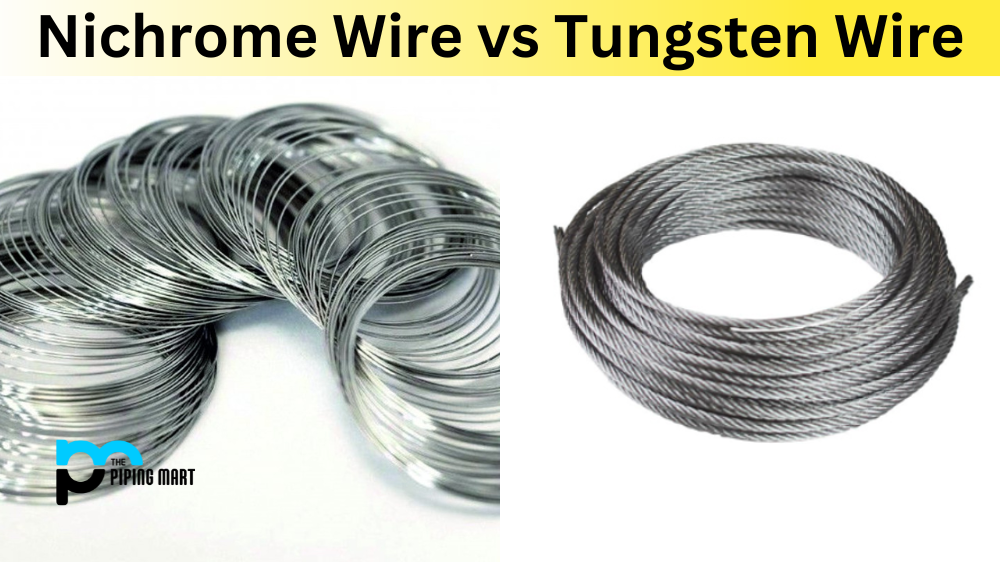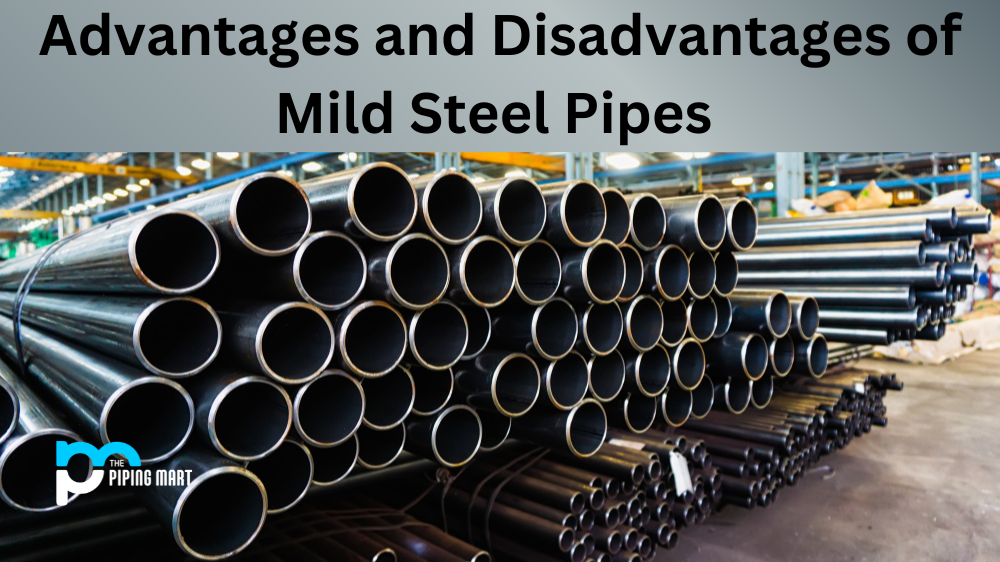Many factors must be considered when choosing the right wire for industrial applications. One of the most important is the material that the wire is made from. Two of the most commonly used materials for wires are nichrome and tungsten. Both have their advantages and disadvantages and are better suited for different applications. This article will look closely at nichrome and tungsten wires and help you pick the right one for your needs.
What is Nichrome Wire?
Nichrome wire is a type of resistance wire made from nickel-chromium alloys. It is widely used in applications that require high temperatures. This wire can withstand temperatures up to 1200°C, making it perfect for industrial heating and furnaces. It is also widely used in the food industry for heating elements, as it is non-toxic and does not react with food.
What is Tungsten Wire?
Tungsten wire, on the other hand, is a popular choice for applications that require high resistance and low thermal expansion. It is extremely durable and can withstand temperatures (up to 3410°C), making it perfect for use in high-temperature furnaces. It also has a high tensile strength, making it ideal for high-stress applications.
Difference Between Nichrome Wire and Tungsten Wire
Advantages
One of the biggest advantages of nichrome wire is its corrosion resistance, as it does not rust easily. It is also relatively cheap, making it a cost-effective option for industrial applications. However, nichrome wire is unsuitable for applications requiring high resistance, as it has a relatively low resistance compared to tungsten wire.
Tungsten wire is also extremely dense, making it a good choice for limited-space applications. However, it is relatively expensive compared to nichrome wire and unsuitable for low-resistance applications.
Applications
Both nichrome and tungsten wires have unique properties that make them suitable for different applications. Nichrome wire is commonly used in the food industry to heat elements and produces resistance heaters and ovens. Tungsten wire is commonly used in high-temperature furnaces, aerospace, and lighting applications.
- Nichrome wire is made of nickel and chromium, while tungsten is made of tungsten.
- Nichrome wire has a lower melting point than tungsten wire.
- Nichrome wire is more resistant to corrosion than tungsten wire.
- Nichrome wire is less expensive than tungsten wire.
- Tungsten wire is stronger than nichrome wire.
Conclusion
Choosing the right wire for your industrial application is very important and can significantly impact the safety and efficiency of your process. While nichrome and tungsten wires have advantages and disadvantages, they are better suited for different applications. Nichrome wire is suitable for applications that require high temperatures and low resistance. In contrast, tungsten wire suits high-temperature applications requiring high resistance and low thermal expansion. Ultimately, the decision on which wire to use will depend on your specific needs and the requirements of your application.

Abhishek is a seasoned blogger and industry expert, sharing his insights and knowledge on various topics. With his research, Abhishek offers valuable insights and tips for professionals and enthusiasts. Follow him for expert advice on the latest trends and developments in the metal industry.




